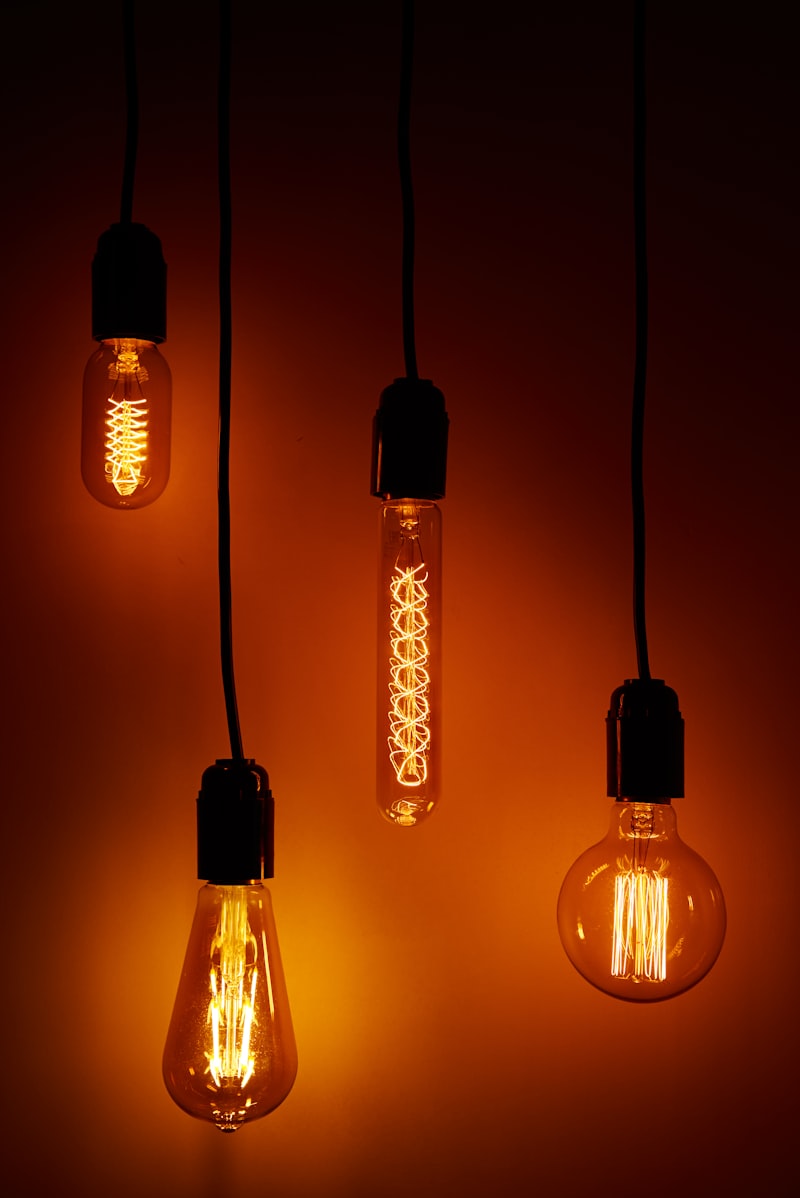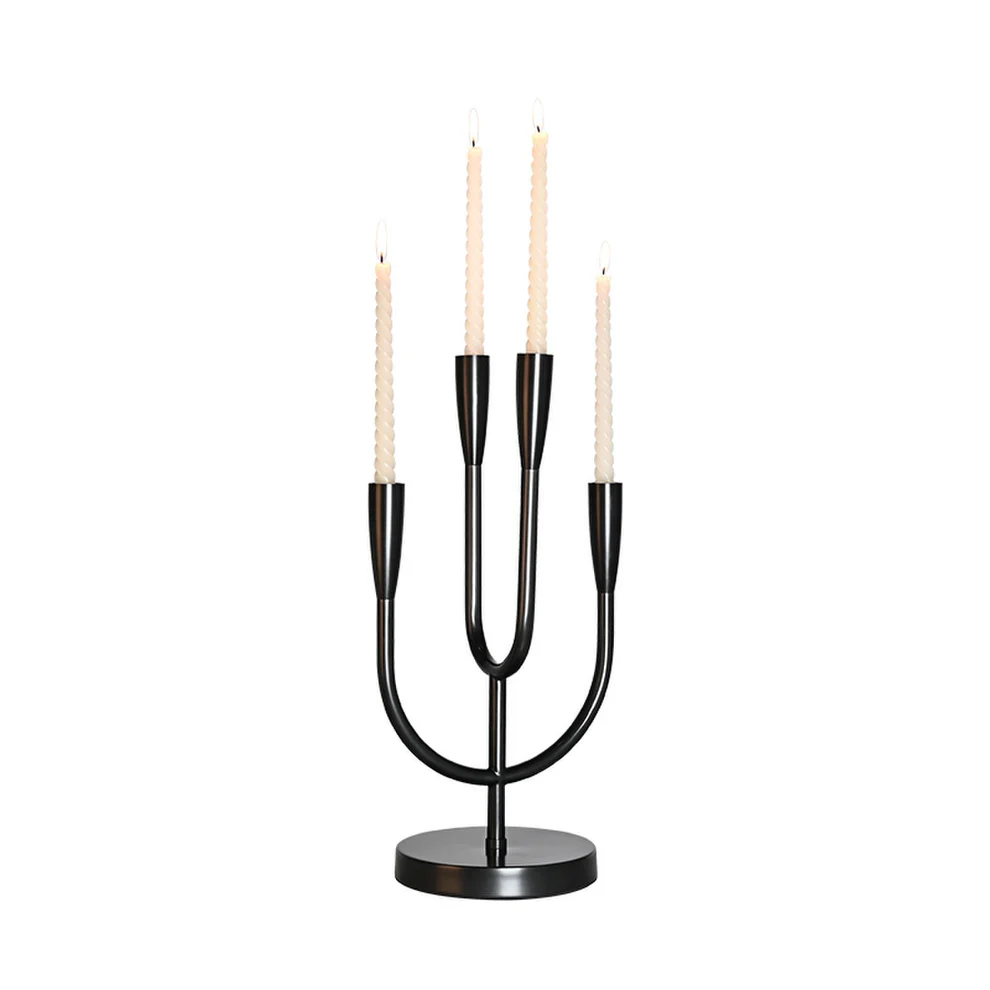Sustainable Lighting Solutions for Modern Living: Illuminate Your Space Responsibly
Sustainable Lighting Solutions for Modern Living: Illuminate Your Space Responsibly
Introduction to Sustainable Lighting Solutions
As the world becomes increasingly aware of environmental issues, the demand for sustainable lighting solutions is on the rise. Modern living spaces are evolving, and the need for energy-efficient and eco-friendly lighting is now more critical than ever. This article explores various sustainable lighting options, their benefits, and how you can incorporate them into your home to create a responsible and modern living environment.
Understanding Sustainable Lighting
Sustainable lighting refers to lighting solutions that minimize energy consumption and reduce environmental impact while providing adequate illumination. These solutions not only help lower electricity bills but also contribute to a healthier planet. Key components of sustainable lighting include:
- Energy-efficient bulbs: Such as LEDs and CFLs.
- Smart lighting systems: For optimized energy use.
- Use of natural light: Through architectural designs that enhance daylight entry.
- Eco-friendly materials: Used in lighting fixtures and designs.

The Benefits of Sustainable Lighting
| Benefits | Description |
| Energy Efficiency | Sustainable lighting solutions consume less energy, reducing both costs and carbon footprint. |
| Longer Lifespan | LEDs and other sustainable lights last longer than traditional options, resulting in fewer replacements. |
| Reduced Toxic Materials | Many sustainable lights are free from harmful chemicals like mercury found in traditional light bulbs. |
| Increased Comfort | Improved lighting systems can enhance mental well-being and productivity through better light quality. |
Types of Sustainable Lighting Solutions
There are several types of sustainable lighting solutions available on the market today. Here are some of the most popular options:
1. LED Lighting
LED (Light Emitting Diode) lights are known for their energy efficiency and durability. Using up to 75% less energy than traditional incandescent bulbs, LEDs significantly reduce energy costs. They also have a lifespan of 25,000 hours or more, making them a cost-effective choice in the long run.
2. CFL Lighting
Compact Fluorescent Lamps (CFLs) are another energy-efficient option. Though less popular than LEDs today, they still use about 70% less energy than incandescent bulbs while providing comparable light output. CFLs take a little longer to warm up and reach their full brightness, but they are still a considerable upgrade from incandescent lights.
3. Smart Lighting Systems
Smart lighting allows you to control your home's lighting from your smartphone or through voice commands. Systems such as Philips Hue or Google Nest offer customizable options, allowing users to schedule lighting, adjust brightness, and even change colors. These smart technologies maximize energy efficiency and cater to your lifestyle.
4. Solar-Powered Lighting
Incorporating solar-powered lights into your outdoor spaces is a great way to harness renewable energy. Solar lights store energy from the sun during the day and use it to illuminate your garden or patio at night. They're easy to install and require no electrical wiring, making them a convenient option for sustainable living.
Incorporating Sustainable Lighting into Your Home
Transitioning to sustainable lighting solutions can be simple and rewarding. Here are some actionable steps to consider:
1.Evaluate Your Current Lighting
Take a moment to assess your current lighting fixtures and bulbs. Identify areas where you can replace traditional bulbs with LEDs or CFLs. Consider the wattage and brightness levels to ensure that new installations meet your needs.
2. Utilize Natural Light
When planning your living space, consider the placement of windows and skylights to maximize natural light. Using sheer curtains can help diffuse sunlight while providing privacy.
3. Invest in Smart Technology
Upgrade your lighting with smart technology that allows for automation and energy monitoring. This is particularly beneficial in areas where lights may often be left on, as you'll be able to control them remotely.
4. Choose Eco-Friendly Materials
When selecting lighting fixtures, look for options made from sustainable materials such as recycled metals or sustainably sourced wood. This not only helps the environment but can also add a unique aesthetic to your home.
Common Questions About Sustainable Lighting
What is the most energy-efficient lighting option?
LED Lights are currently the most energy-efficient lighting option, using significantly less energy than traditional bulbs while providing the same amount or higher brightness.
How can smart lighting save me money?
Smart lighting systems help reduce energy costs by allowing you to schedule lights to turn off when not in use and remotely control lighting to avoid wasting energy.
Are sustainable lighting solutions more expensive?
While the upfront cost of energy-efficient bulbs and smart systems may be higher, their long-term savings in energy costs, longer lifespan, and reduced maintenance make them a cost-effective investment overall.
Conclusion
In summary, transitioning to sustainable lighting solutions for modern living is not only a responsible choice but also an attractive one. With advances in technology and design, these lighting options can enhance the aesthetic of your home while reducing your carbon footprint. By opting for energy-efficient lighting, utilizing natural light, and incorporating smart home technology, you can achieve a well-lit, eco-friendly space that suits your lifestyle. As we continue to strive for sustainability, remember that every small change contributes to a brighter, cleaner future.
Consider these solutions and stay committed to creating a sustainable environment, not just for yourself but for future generations to come.
